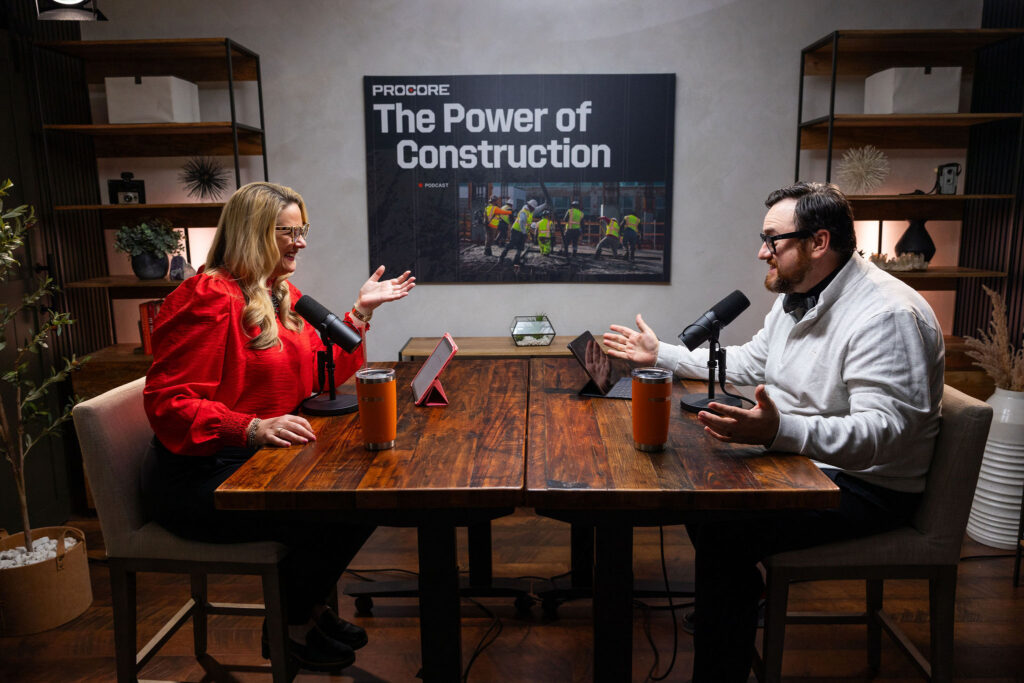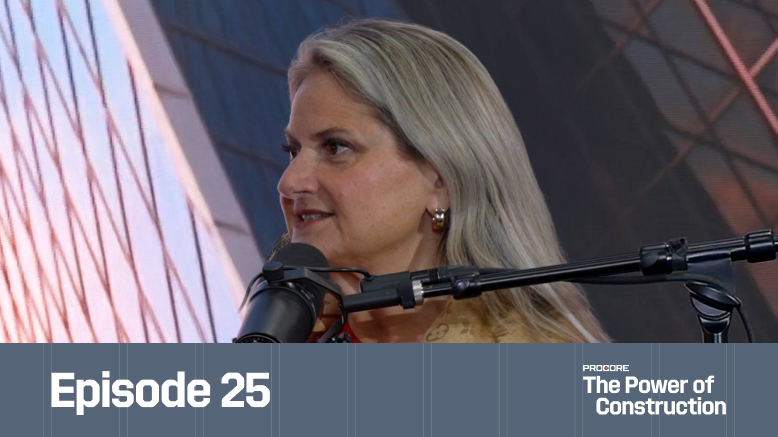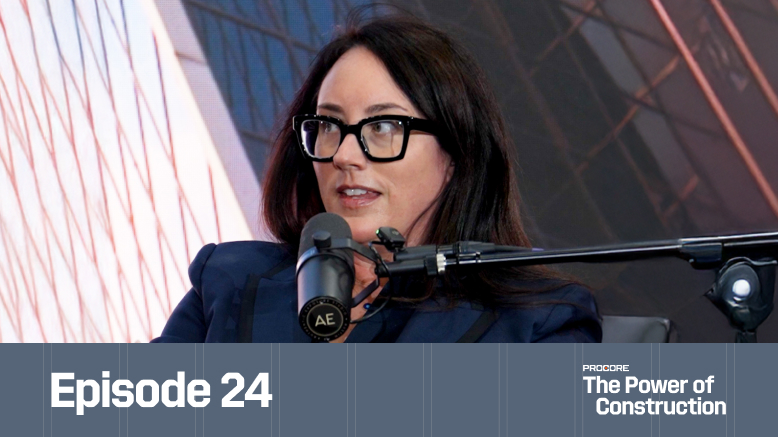The Public Perception Crisis
Construction faces a significant trust deficit. Gallup surveys show only 30% of respondents rate construction contractors as honest with high integrity—lower than many other professions. The International Association for Public Participation found that 45% of construction projects face public opposition resulting in delays or cancellations, directly impacting revenue generation.
This poor perception creates a vicious cycle: negative public opinion makes workforce recruitment more difficult, while workforce shortages contribute to project delays that further damage public trust.
The Workforce Attraction Challenge
The Associated General Contractors of America reported that 81% of construction firms struggle to find both craft and office workers, extending beyond traditional labor shortages.
McKinsey research shows that 74% of industry leaders believe digital tool adoption is improving project outcomes, creating opportunities to attract younger talent.
Sustainability's Role in Image Transformation
Deloitte research found that 72% of Gen Z and Millennials consider sustainability critical when choosing employers. Construction, responsible for 37% of global carbon emissions, faces pressure to demonstrate environmental responsibility to attract younger workers.
Technology provides tangible solutions: carbon calculators, material optimization tools, and automated monitoring systems prove construction's commitment to sustainability beyond rhetoric.
Guest Introduction: Todd Wynne
Todd Wynne, Chief Innovation Officer at Rogers-O'Brien Construction, brings over 20 years of construction experience spanning field and office roles. As innovation leader, he advocates for leveraging cutting-edge technologies—drones, AI, reality capture, wearables—to transform construction operations.
His focus extends beyond efficiency gains to workforce attraction, retention, and fundamentally reshaping construction's public image.
The Purpose-Driven Generation
LinkedIn research shows that younger generations prioritize purpose over paychecks, seeking careers with meaningful societal impact. Construction shapes physical environments where people live, work, learn, heal, and worship—yet struggles to communicate this purpose effectively.
Wynne emphasizes construction's unmatched opportunity to address humanity's most pressing challenges: housing affordability, climate change, healthcare accessibility, and infrastructure modernization.
Safety Innovation: Beyond Traditional Approaches
Despite decades of improvement, construction safety has plateaued. Traditional approaches like "safety stand-downs" prove insufficient for achieving zero-harm objectives. Technology offers breakthroughs: wearable sensors monitoring physiological indicators (heat stress, fatigue), computer vision identifying unsafe behaviors, proximity detection preventing equipment collisions, and AI analyzing near-miss patterns.
These innovations demonstrate genuine commitment to worker welfare rather than compliance checkbox mentality.
Dispelling Next-Generation Misconceptions
Common misconceptions about construction include being "unsophisticated, unorganized, nothing but physical labor." Wynne emphasizes that modern construction involves solving complex problems with advanced technology, where every project is a prototype with new schedules, materials, plans, estimates, and teams.
The industry offers unparalleled opportunities for purpose-driven work addressing global challenges.
The "Buying the Book by Its Cover" Problem
Young people are initially attracted to impressive earthmoving equipment, skyscrapers, and bridges, but encounter "antiquated mindsets" and outdated communication styles upon entry.
Command-and-control leadership approaches conflict with collaborative problem-solving needs, creating disappointment when reality doesn't match expectations.
Technology's Role in Attraction and Retention
Rogers-O'Brien uses drones, Apple Vision Pro, VR headsets, and other cutting-edge tools at career fairs to demonstrate that construction has evolved beyond traditional perceptions.
These technologies signal to prospective workers that they'll be using advanced tools to solve complex problems rather than just performing manual labor.
Addressing Pay Misconceptions
Contrary to outdated stereotypes, construction offers excellent earning potential. Wynne references seeing builders with boats named "Bonus Check," highlighting financial opportunities that rival traditional four-year degree paths.
This messaging directly counters 1980s-era parental beliefs that only doctors and engineers could achieve financial success.
Building Client Trust Through Transparency
Poor public perception partly stems from lack of transparency during construction projects. Technology enables real-time visibility into project status across the four pillars: schedule, cost, quality, and safety.
Reality capture, virtual reality, and telepresence capabilities allow owners and the public to understand project progress without physical presence, building trust through transparency.
The Communication-Trust Connection
Wynne identifies communication as the critical factor in client relationships—clients love builders who are excellent communicators more than those who are just technically proficient.
Technology bridges communication gaps by providing consistent, accessible information rather than relying solely on individual communication skills.
Addressing the Skills Shortage Crisis
With average construction worker age increasing from 40 to 42 over seven years (double the national average) and 25% of the workforce over 55, the industry faces an impending "skills shortage" rather than just "labor shortage."
Unsophisticated workers creating safety and quality problems demonstrate that bodies alone don't solve workforce challenges—skill and experience matter critically.
The Knowledge Transfer Emergency
Wynne shares the story of a master electrician's tacit knowledge about freezer door propping to prevent concrete off-gassing stains—expertise impossible to learn from textbooks.
With experienced workers retiring, the industry must capture and systematize this tacit knowledge before it's lost forever.
The Art Transfer Initiative
Rogers-O'Brien instituted monthly "art job walks" using structured "art cards" to facilitate knowledge transfer from seasoned to inexperienced builders. These sessions focus on nuances, best practices, and lessons learned rather than basic fundamentals, with documentation in Procore to build AI training datasets for future knowledge augmentation.
The Hybrid Builder Vision
Wynne envisions future "hybrid builders" with blurred lines between office and field roles, supported by automation and augmentation technologies.
Agile mindsets and change-agent capabilities will enable smaller teams to accomplish more through systematic processes and collaborative approaches.
Future Construction Characteristics
Tomorrow's construction will feature:
- Remote monitoring replacing physical job site inspections
- Proactive notifications directing attention to highest-impact activities
- Prescriptive insights providing "next move" recommendations based on real-time conditions
- Continuous construction with nighttime staging and around-the-clock operations
- Predictive task management considering crew availability, materials, weather, and critical path
Measuring What Really Matters: Team Health
Wynne argues that construction measures "lagging indicators" (schedule, cost, quality, safety outcomes) while ignoring the "leading indicator" of team operational effectiveness.
He believes team health directly correlates with project success and profitability, proposing that future success requires systematic measurement and cultivation of collaborative team dynamics.
The Team Health Formula
Based on 15+ years of experience, Wynne can assess team chemistry through observation and language analysis. His mathematical formula for results: "Clarity + Focus × Time = Results."
Teams with aligned understanding, shared focus, and sustained effort consistently outperform those with superior plans but poor collaboration.
Rapid-Fire Q&A with Todd Wynne
Book Recommendations: Currently reading Talking to Strangers by Malcolm Gladwell; recommends Good to Great by Jim Collins for level-five leadership balance of "personal humility and professional will"
Sources for Different Perspectives: Reading diverse books and leveraging industry relationships for crowdsourced insights
Advice to Younger Self: "Don't be afraid to fail" and "use fear as a compass"—scary directions usually indicate growth opportunities
Innovation Shaping Construction's Future: "Embodied AI"—artificial intelligence integrated into robotics for safer, more efficient construction
Industry Taglines: "Shaping the geometry where life happens" and "There's no greater purpose than that of a builder"
Key Takeaways
This episode reveals that rebuilding construction's image requires:
- Purpose-Driven Messaging: Framing construction as meaningful work that shapes society rather than just manual labor
- Technology Demonstration: Using cutting-edge tools to show evolution beyond traditional perceptions
- Transparency Through Tech: Providing real-time project visibility to build public trust
- Safety Innovation: Leveraging technology to achieve zero-harm objectives where traditional approaches have plateaued
- Knowledge Capture: Systematically documenting tacit expertise before experienced workers retire
- Team Health Focus: Measuring and optimizing collaborative effectiveness as the primary driver of project success
- Hybrid Workforce Development: Preparing workers for blended office-field roles supported by automation and augmentation
- Communication Enhancement: Using technology to bridge communication gaps and improve client relationships
- Cultural Evolution: Moving from command-and-control to collaborative problem-solving approaches
- Future Vision Articulation: Painting compelling pictures of tomorrow's construction to attract next-generation talent
Todd Wynne and Rogers-O'Brien demonstrate that technology alone cannot rebuild construction's image—it must be coupled with cultural transformation, purpose-driven messaging, and systematic approaches to knowledge transfer and team effectiveness. Their integrated approach provides a blueprint for companies seeking to attract talent while transforming public perception through demonstrated innovation and genuine commitment to building a better future.







